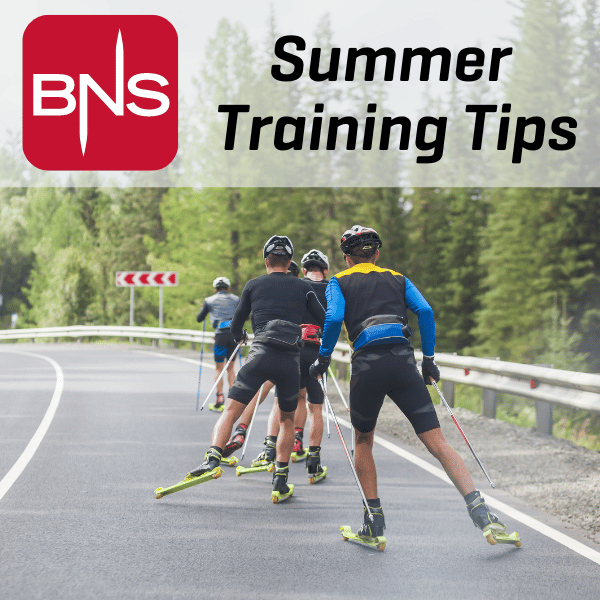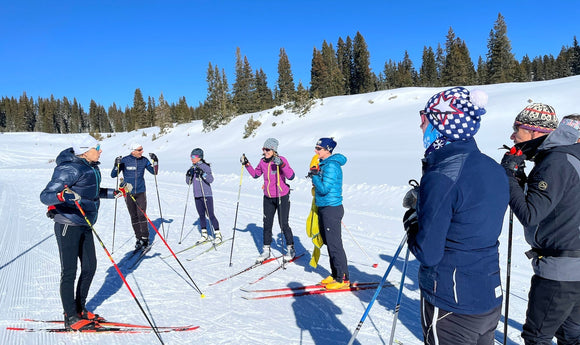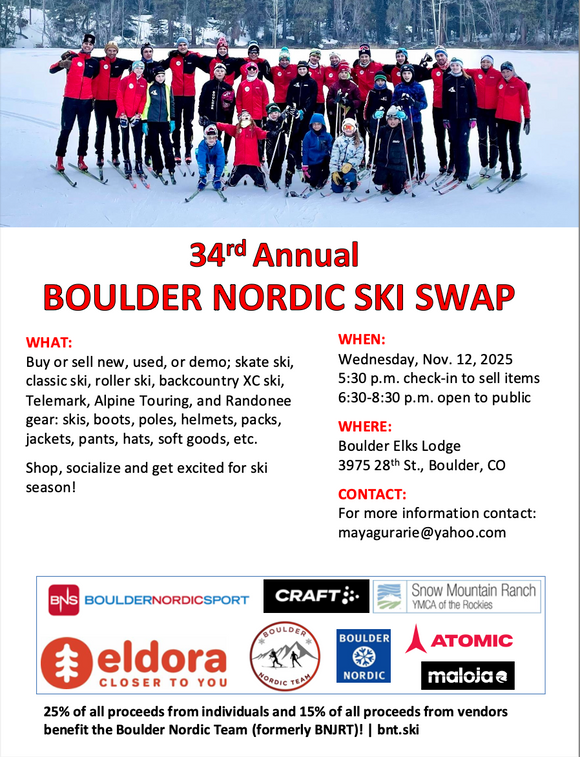
Rollerski Poles
Boulder Nordic & Cycle Sport Staff
As the '23-'24 winter season comes to a close, it's time to start thinking about summer training—after all, skiers are made in the summer. Having the right equipment in the summer is as important as in the winter, though there are different considerations.
When selecting poles for rollerskiing, it's important to remember that several factors not encountered on snow come into play. One of the most significant is the increased risk of pole breakage. While using top-of-the-line poles may seem appealing, the potential risk may not be worth it for some. Conversely, using low-cost fiberglass/carbon composite or aluminum poles can negatively impact your training due to their weight, which can disrupt your timing and technique.
Another crucial factor to consider for rollerskiing is how high-end poles can affect your body. While there's nothing wrong with using a fantastic, lightweight, and stiff pole, it's essential to remember that our joints and tendons, especially our elbows, are not accustomed to the abrupt stop of poling on asphalt. Therefore, it's vital to exercise caution and ease into your poling during early-season rollerskiing sessions to prevent issues like tendonitis that could hinder your training in the future.
Rollerskiing also affects the poles themselves, causing more wear and tear on the shafts and making them more prone to breakage later on. Sweaty hands, inevitable in the summer, will also break down the cork grips on most high-end poles. For this reason, we don't use poles we've been rollerskiing on for races or other times when an unexpected equipment failure would have a significant impact.

Finally, we have to consider pole tips and baskets. The as-delivered baskets on poles are designed only for snow. The metal used for the
tips is thin and not very strong. Rollerskiing on standard pole baskets typically yields disappointing results, with broken pole tips and damaged baskets that need replacing. The good news is that there's a solution! Carbide steel-tipped rollerskiing ferrules are relatively easy to install and maintain.
So what does all of this mean?! We recommend having a set of poles expressly set up for rollerskiing. Again, don't get cheap, heavy poles for this purpose; their swing weight will make it hard to keep your technique timing together, especially during V2. The best option is often to get a new set of poles for on-snow use and "downgrade" your older poles for rollerskiing. Here are some of our tips for setting up and maintaining your rollerski poles:
-
Replace the baskets with carbide steel ferrules. Keep the baskets as spares for your new poles.

- Swap out cork grips for plastic ones, and again, keep the cork grips as spares for your new poles. This process can be tricky; having a ski shop help you is often best.
- If you're concerned about your poles' impact on asphalt, V2 makes a shock-absorbing ferrule. They're a bit more expensive and add some swing weight, but they work.
- Always sharpen your pole tips before every training session! Maintaining a sharp point is much easier than resurrecting a dull, rounded one.
- Keep a spare pair of ferrules at home.
Happy spring and happy rollerski season!



